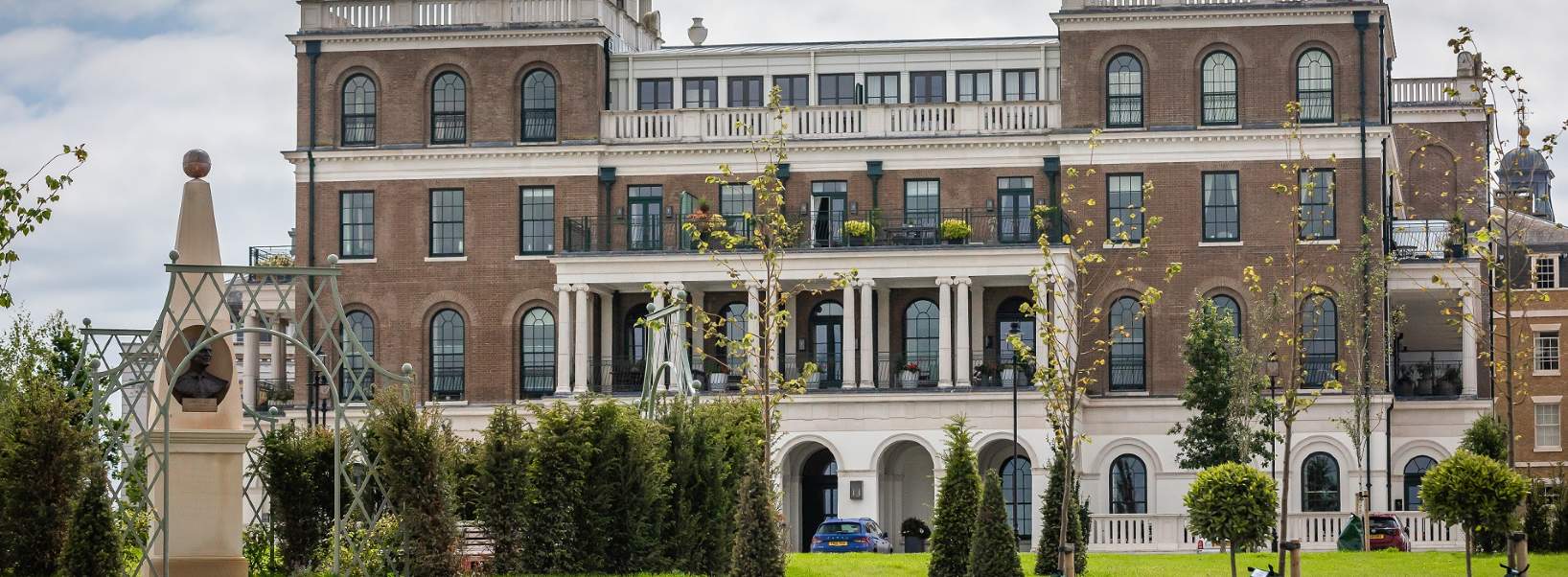This year marks 30 years since construction first began at Poundbury, an urban extension to Dorset’s county town of Dorchester.
Built on 400 acres of land inside the Dorchester by-pass, the market town was envisaged by the then Prince of Wales, now King Charles III, to break the mould of conventional housing development and create a sustainable community. In 1988, he appointed the well-known architect and urban planner Leon Krier, to work on the overall concept, with construction work on the first phase starting in October 1993.
The town is currently home to a population of about 4,600, with employment provided for 2,400 people working in more than 240 shops, cafes, offices and factories.
Aligned to King Charles’s ‘Vision of Britain’, emphasis is placed on the quality of placemaking through time-honoured principles, urban design, landscaping and the selection of materials used to construct it. Buildings are designed to reflect local character and identity, using local materials, with integrated affordable housing indistinguishable from private housing.
The town is a walkable community, where priority is given to pedestrians over cars. There are small but important design elements throughout Poundbury that reflect this, such as low speed roads, wider pavements and the layout which makes everything well connected. Parking for those who live there is located around the back of the houses which adds to the aesthetic.
A sense of community is also key. Homes, public amenities, retail and other business uses together with open areas create a truly mixed-use place to live and work. The vibrant community is home to a variety of clubs and associations, a regular farmers market, a primary school which relocated there in 2017 and an increasing number of shops, restaurants and coffee shops. A particular favourite is the high-end butchery Brace of Butchers, which sits alongside solicitors, financial advisors, accountants, dentists, interior design shops and a supermarket.
Poundbury is made up of a wide variety of property types from small flats to large penthouse apartments, cottages, townhouses and large detached homes, therefore appealing to a range of different buyers. There are downsizers – retiring couples selling larger houses in the countryside who are drawn by the community and amenities close at hand – young families who want to be within the catchment of Dorchester’s Thomas Hardye School, people from out of the area attracted by the kudos of the development, and investors.
Key to the town’s success has to be its comprehensive masterplan, which delivers significant stages of the development at a time and takes into account how the phases relate to one another to enable a strong community to establish while construction continues. The final piece in the puzzle, 350 homes in the Northern Quadrant, is underway, with completion anticipated by 2027 when Poundbury will be home to about 5,800 people.
It’s fair to say there has been a mixed reaction to Poundbury since its inception but there’s no denying its influence on placemaking and therefore appeal to a broad range of buyers. The development, crowned one of the best places to live by the Sunday Times earlier this year, is consistently held up as an example of how to develop new towns, with many of the founding principles incorporated into planning policy at a national level.
*Pictured: Apartment 12 at Royal Pavilion, Poundbury, is being marketed by Savills for a guide price of £1,250,000
Further information
Contact Ashley Rawlings or Alice Church

.jpg)
.jpg)
.jpg)
.jpg)
.jpg)
.jpg)

.jpg)
.jpg)
(2).jpg)